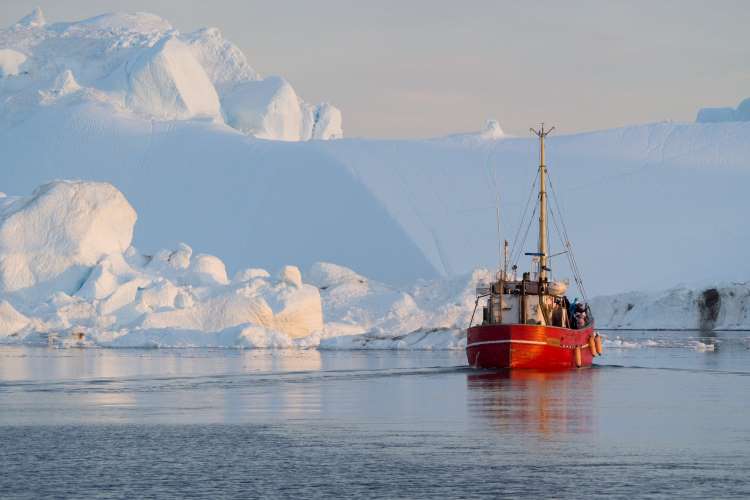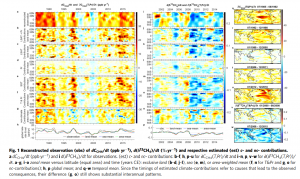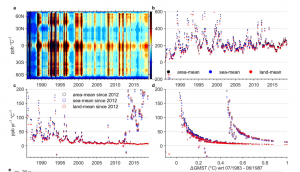
As global climate action focuses mostly on fossil fuels, rising methane emissions may go unchecked, upsetting the efforts to limit global warming to the Paris Agreement target of 1.5 degrees above pre-industrial levels. A study published in Nature Communications show that the impact of global warming on methane emissions is four times more than previous estimates.
Higher temperatures increase methane emissions by speeding up microbial activity and slowing the removal of the heat-trapping gas from the atmosphere, the study by Chin-Hsien Cheng and Simon Redfern of Nanyang Technological University, Singapore.
READ I Char Dham road project should limit damage to Himalayan ecology
Methane in atmosphere
The study explains the increase of methane gas in the atmosphere in recent years. The rapid increase in methane content could offset the efforts by the governments and businesses to reduce the emission of greenhouse gases that cause climate change by trapping heat in the atmosphere.


Methane is the second most important climate change causing greenhouse gas after carbon dioxide. But it is 80 times more potent than carbon dioxide over a time span of 20 years. The concentration of methane in the atmosphere increased majorly after 2014. The last two years saw the concentration rising fast despite a fall in emissions from fossil fuels.
READ I Climate change: India faces credit downgrades for slow global warming steps
Methane and global warming
Anthropogenic sources like landfills, cattle farms and fossil fuel extraction sites account for around 60% of methane emissions, while the rest is generated at wetlands and other natural sources. The study used methane data from four decades to analyse changes in climate and identify how hydroxyl radicals may have impacted climate change.
Another reason for the increasing concentration of methane is the slowing of a chemical reaction that mops up the gas from the atmosphere. Hydroxyl radicals, known as detergent of the atmosphere, react with methane and remove the gas from the atmosphere. A large number of wild fires across the world has pushed large quantities of carbon dioxide, which reacts with hydroxyl radicals, preventing them from removing methane from atmosphere.
The wetlands of Russia and North America; eastern Russian uplands around Lake Baikal; Amazon floodplains; and South Asian paddy fields are among the major natural sources of atmospheric methane.
While the global climate action should continue to focus on carbon emissions, it cannot ignore the role of methane in global warming and climate change. While most world nations have agreed to achieve ‘net zero’ by 2060, the action taken so far has failed to reflect the ambition in pronouncements. The rich nations have so far not shown willingness to help the poorer ones in terms of funds and technology.
